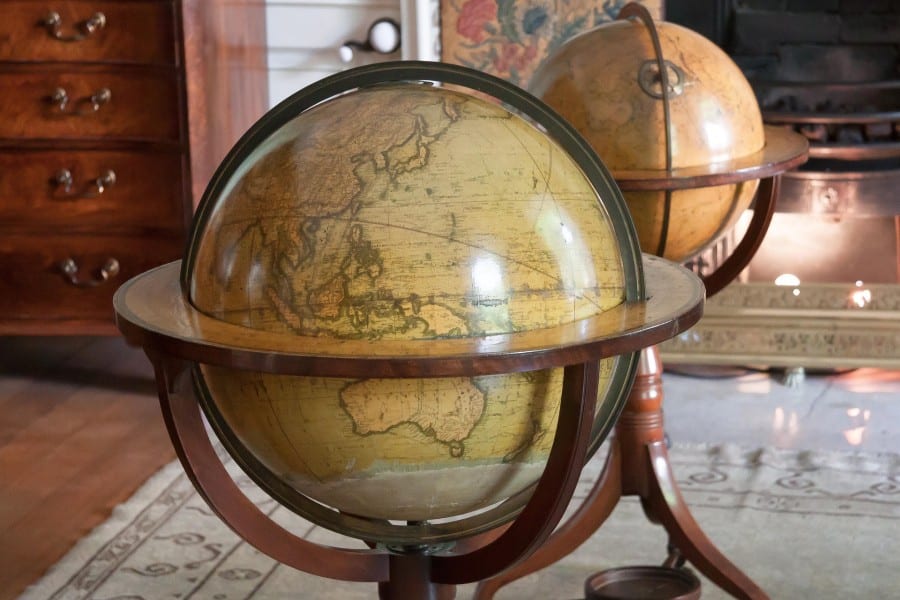Welcome to the mesmerizing world of antique globes! These exquisite pieces of cartography and art have captured the imagination of collectors, historians, and geography enthusiasts for centuries. In today’s blog, we delve into the fascinating history, craftsmanship, and significance of antique globes. Join us on this captivating journey through time, and discover why antique globes continue to be cherished by collectors worldwide.
A Brief History of Antique Globes:
Antique globes are not just geographical representations of our world; they also offer a glimpse into the historical context and understanding of the Earth during various periods. The first recorded terrestrial globe dates back to the 15th century, created by German cartographer Martin Behaim. His “Erdapfel” (Earth Apple) was a revolutionary piece of art and science, sparking a newfound interest in cartography and exploration.
Throughout the following centuries, numerous cartographers and globe makers, such as Gerardus Mercator, Abraham Ortelius, and Vincenzo Coronelli, crafted increasingly accurate and detailed globes. With the age of exploration and colonization, these globes played a vital role in understanding and navigating the ever-expanding world.
The Art and Craftsmanship of Antique Globes:
Antique globes are a testament to the impeccable craftsmanship of their creators. Constructed from materials like wood, papier-mâché, plaster, or metal, these globes were carefully hand-painted, often featuring intricate details and exquisite artwork. The cartographic information was meticulously researched and incorporated, resulting in not only accurate representations of the world but also stunning pieces of art.
Some globes even featured elaborate stands and bases, with decorative elements such as ornate carvings or inlaid materials. High-quality antique globes can be considered masterpieces, showcasing the skills of the artisans who crafted them.
Collecting Antique Globes:
The allure of antique globes lies in their historical significance, artistic beauty, and connection to the past. Collectors often seek out globes from specific periods or makers, focusing on factors like rarity, condition, and provenance.
When purchasing an antique globe, it is essential to consider the overall condition, including the globe’s surface, stand, and any accompanying materials. Ensure the globe is free from significant damage, as this can greatly impact its value. Additionally, researching the globe’s origin and maker can provide insights into its historical context and importance.
Antique globes can be found at auctions, antique shops, and online platforms specializing in antique maps and globes. It is crucial to buy from reputable sources to ensure the authenticity and quality of your acquisition.
The Timeless Appeal of Antique Globes:
Antique globes are not only fascinating historical artifacts but also serve as captivating decorative pieces for any home, office, or collection. They evoke a sense of adventure, discovery, and nostalgia, transporting us back to a time when the world was still being explored and mapped.
In conclusion, the fascinating world of antique globes offers a unique opportunity to connect with history, art, and geography. As a collector, you can cherish these captivating pieces that have stood the test of time, and appreciate the craftsmanship, knowledge, and beauty they embody. Happy collecting!









